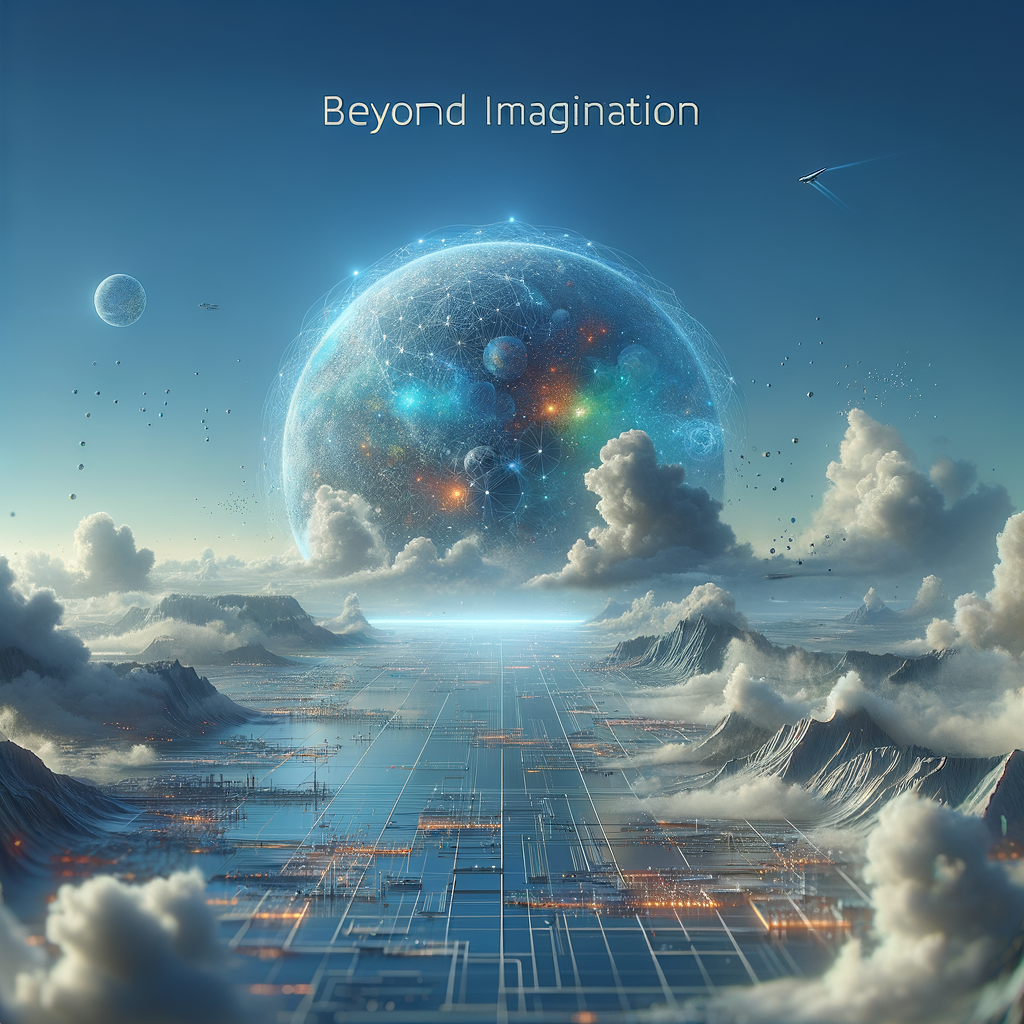
Beyond Imagination: The Future of AI-Enhanced Virtual Worlds
Explore the fascinating realm of AI-enhanced virtual worlds in this in-depth blog post. From gaming to virtual tourism, discover how AI is revolutionizing the creation and interaction within digital spaces. Dive into the technological advancements that enable lifelike simulations and immersive experiences, and uncover the potential impact on various industries, including entertainment, education, and beyond.
Beyond Imagination: The Future of AI-Enhanced Virtual Worlds
Introduction
In recent years, the integration of Artificial Intelligence (AI) into virtual environments has redefined the boundaries of what we consider possible within digital realms. From hyper-realistic games to virtual reality (VR) tours, AI enhances the depth and realism of simulated experiences. Through intricate algorithms and machine learning techniques, AI transforms static and predictable virtual worlds into dynamic, interactive universes that adapt based on user input and environment interactions.
The Role of AI in Virtual Worlds
Artificial Intelligence plays a pivotal role in shaping virtual environments. In gaming, AI is used to create more intelligent Non-Player Characters (NPCs) that react differently based on various scenarios, providing a more challenging and enjoyable experience for players. The use of reinforcement learning algorithms has allowed these NPCs to learn from player actions, adapting their behaviors to improve the game’s replay value.
In virtual tourism, AI helps create detailed simulations of real-world locations, offering users a level of interactivity that hitherto seemed unachievable. The ability to simulate crowds, weather conditions, and even interactive wildlife within virtual spaces brings an unparalleled richness to virtual tours.
AI Technologies Behind Virtual Worlds
Several AI technologies drive the development and enhancement of virtual worlds. Deep learning algorithms analyze vast datasets to enhance environment textures and realism, providing lifelike visuals. Natural Language Processing (NLP) enables more natural interactions between players and NPCs, facilitating better communication and storytelling within games and simulations.
Moreover, procedural content generation is a game-changer. AI algorithms can generate complex virtual landscapes and scenarios programmatically, drastically cutting down development time and costs and ensuring that every experience in a virtual environment feels unique.
Industry Impact
Virtual worlds enhanced by AI are not limited solely to games and entertainment. They hold significant potential across various sectors:
- Education: By providing immersive learning experiences, AI-powered virtual worlds can simulate historical sites or scientific processes, allowing for experiential learning that a traditional classroom setting cannot offer.
- Healthcare: There is potential in using AI-driven virtual environments for pain management and therapeutic purposes, providing engaging distractions for patients undergoing treatment.
- Real Estate: Virtual tours powered by AI bring potential buyers into a hyper-realistic view of properties without leaving their homes.
Challenges and Opportunities
Despite their innovative applications, AI-enhanced virtual worlds come with their own set of challenges, primarily concerning data privacy, ethical considerations, and computational limits. Maintaining user data security while providing a customizable experience is a delicate balance that developers must achieve.
As technology evolves, opportunities abound for further developments. Improved AI algorithms will only enhance the realism and interactivity of virtual worlds, cementing their role as critical tools in various industries.
Conclusion
The future of AI-enhanced virtual worlds is bright and limitless. As AI continues to evolve, the possibilities within these digital spaces expand, offering us more realistic, interactive, and enjoyable experiences. Whether it’s in reshaping entertainment or redefining virtual education and healthcare, AI stands at the forefront of this digital evolution, bridging the gap between imagination and virtual reality.